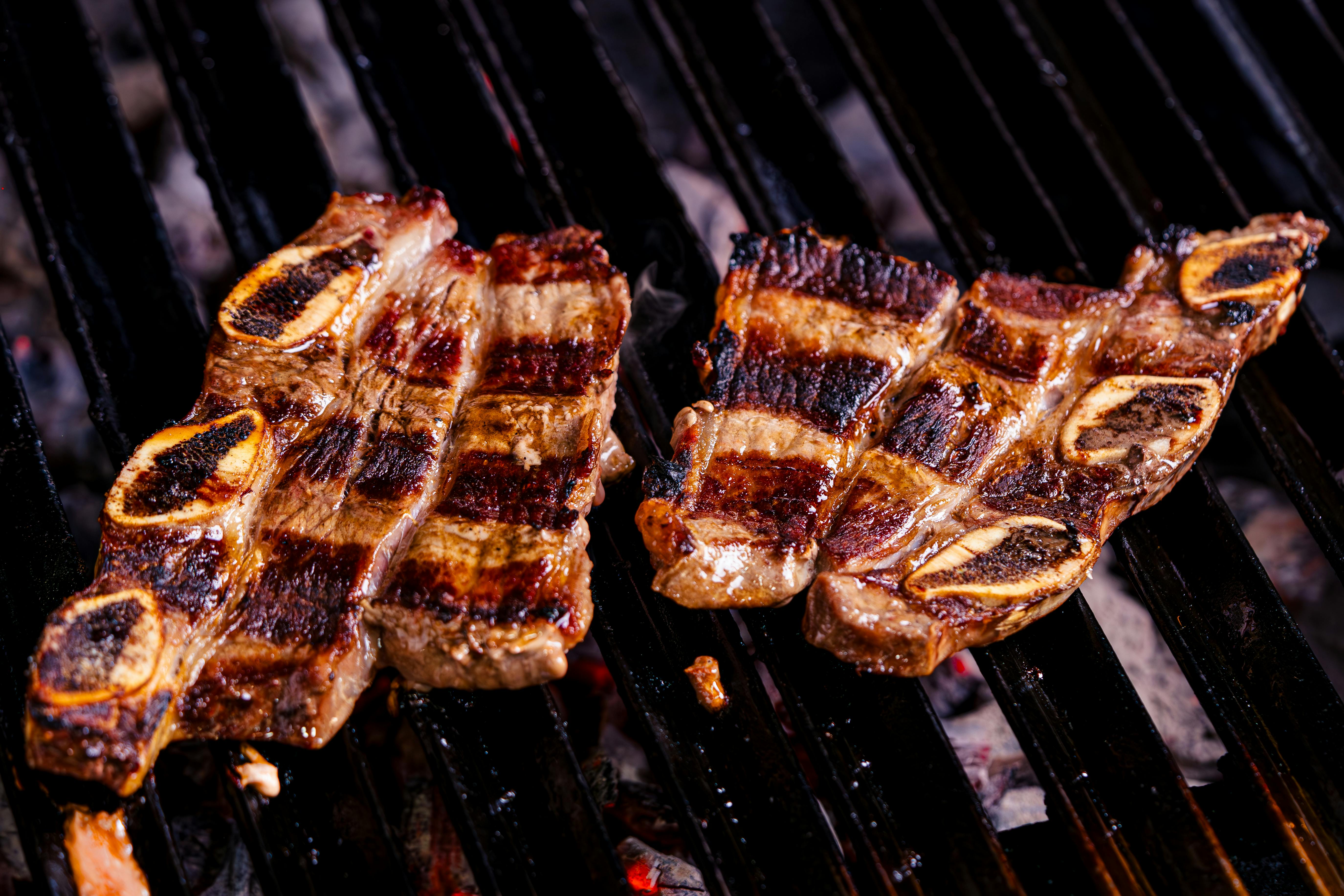Effective Ways to Care for Your Jade Plant in 2025
The jade plant, known scientifically as Crassula ovata, has become a popular choice for plant enthusiasts and beginners alike. This easy-to-care-for succulent not only adds a splash of greenery to your indoor space but is also believed to bring prosperity and good luck. However, to ensure your jade plant thrives through the years, especially in 2025, it’s crucial to understand its specific needs and how to adapt care techniques accordingly. In this comprehensive guide, we’ll explore essential care tips that cover everything from watering to pest management, ensuring your jade plant continues to grow and flourish in your home.
By the end of this article, you will have a clearer understanding of jade plant care, including optimal lighting conditions, the best soil mixtures, watering frequencies, and how to address common pests and diseases. With these tips, your beautiful jade plant will not only survive but thrive in the various seasons to come. Let’s dive into the best practices for jade plant care!
Understanding Jade Plant Sunlight Requirements
One of the primary factors that contribute to healthy jade plant growth is proper sunlight exposure. Jade plants thrive in bright, indirect light, which mimics their natural habitat where they would receive filtered sunlight. Direct sunlight can scorch their leaves, leading to damage, while insufficient light can stunt their growth. When positioning your jade plant, aim for a spot that receives at least a few hours of gentle morning sunlight.
Optimal Light Conditions for Indoor Jade Plants
For indoor care, placing your jade plant near a south-facing window is ideal, as it receives ample sunlight throughout the day. However, if the sun’s rays are too intense, consider using sheer curtains to diffuse the brightness. It's important to rotate your plant every few weeks to ensure even light distribution, promoting balanced growth.
The winter months can present a challenge for jade plants, as shorter daylight hours can affect their growth cycle. During this time, you may need to supplement light with a grow light to maintain their health.
Jade Plant Light Needs for Outdoor Cultivation
When caring for jade plants outdoors, ensure they are placed in a location that provides bright but filtered sunlight. While jade plants are relatively tolerant of direct sunlight, too much can lead to sunburn, particularly in hotter climates. Soil that drains well is essential for outdoor jade plants, preventing issues like root rot.
Common Problems Related to Sunlight Exposure
Overexposure to direct sunlight can lead to leaf drop, sunburned leaves, and permanently damaged foliage. On the other hand, insufficient light often results in leggy growth and a lack of vibrant color in the leaves. Understanding your jade plant’s light needs will significantly improve its chances of thriving in your care.
Best Practices for Jade Plant Watering
Watering is perhaps the most critical aspect of jade plant care that requires a nuanced approach. Being a succulent, jade plants store water in their leaves, stems, and roots, which means they do not require frequent watering. Overwatering is a leading cause of jade plant decline, often leading to root rot.
Effective Watering Techniques for Jade Plants
To properly water your jade plant, allow the top inch or two of soil to dry out before adding water. Typically, this means watering every couple of weeks, but it can vary based on the season. During warmer months, you may need to increase watering frequency, while in winter, reduce it significantly. Pay attention to your plant's watering needs, adjusting frequency as necessary.
Understanding Soil Moisture Levels
Using a moisture meter can help assess the soil moisture levels without disturbing the roots. Additionally, ensure that your pot has a drainage hole to prevent excess water buildup, which can be detrimental to your jade plant's health.
Avoiding Common Jade Plant Watering Mistakes
Take caution to avoid common pitfalls such as using a pot without drainage or watering on a set schedule without checking soil moisture. Monitor your jade plant closely, especially after changes in temperature or humidity, as this can alter its watering needs.
Choosing the Right Soil for Your Jade Plant
An essential component of jade plant care is selecting the right soil mix. Since jade plants are succulents, they require a well-draining soil that prevents moisture from lingering around the roots, which can cause rot. The ideal soil will be lightweight with good drainage properties.
Recommended Soil Mix for Healthy Growth
A commercial cactus or succulent mix is often a good starting point for potting jade plants. However, if you prefer to create your own mix, consider combining regular potting soil with perlite or coarse sand to enhance drainage. Aim for a mix that retains some moisture while allowing excess water to escape.
Potting Your Jade Plant: Container Choice Matters
When selecting a pot, consider that jade plants thrive in snug settings; therefore, choose a container that is slightly larger than the root system. Opt for pots made of materials like clay or terracotta, as these materials aid in moisture evaporation, helping to prevent rot.
Repotting Your Jade Plant for Optimal Health
Repotting is crucial for jade plants and should be done every couple of years to refresh the soil and provide room for growth. When repotting, take care not to disturb the roots too much and ensure the new pot provides adequate drainage to prevent water-related issues.
Essential Jade Plant Fertilizer Guidelines
Fertilizing your jade plant correctly can lead to healthier growth and vibrant foliage. Regular feeding should adhere to a specific schedule suitable for jade plants.
Understanding Jade Plant Nutritional Needs
During the growing season—from spring to summer—use a diluted, balanced fertilizer every four to six weeks. This will provide the necessary nutrients to support growth without overwhelming the plant. In fall and winter, reduce fertilization as the plant enters dormancy.
Common Fertilizing Mistakes to Avoid
One common mistake among jade plant caregivers is over-fertilizing, which can result in burned roots and poor plant growth. Always follow package instructions for dilution ratios, and err on the side of caution if unsure.
Seasonal Fertilizing Schedules for Jade Plants
Monitoring your jade plant’s health will help determine if adjustments to the fertilizing schedule are necessary. Signs of nutrient deficiency can manifest as pale or stunted growth, indicating that additional feeding may be beneficial.
Managing Jade Plant Pests and Diseases
While jade plants are generally resilient, they can be susceptible to certain pests and diseases that can harm their health if left untreated. It’s important to regularly inspect your plant for signs of infestations.
Identifying Common Jade Plant Pests
Common pests include aphids, mealybugs, and spider mites. Each of these pests can be managed with insecticidal soap or neem oil, providing a non-toxic solution to protect your jade plant. Early detection is key to maintaining plant health.
Avoiding Diseases through Prevention
Root rot and leaf drop are common jade plant diseases that often stem from improper watering. To prevent these problems, ensure your potting mix drains well and avoid letting your plant stand in water. Ensure that your jade plant has adequate airflow to minimize humidity around the leaves, making it less susceptible to fungal infections.
Expert Recommendations for Pest Management
Regularly check the undersides of leaves and the base of the plant for signs of pests. If an infestation is detected, isolate the affected plant and apply treatment immediately to prevent it from spreading to other plants.

Pruning and Propagating Your Jade Plant
Pruning and propagating are essential practices for jade plant maintenance, helping to encourage bushier growth and new plants. Both techniques can help rejuvenate older plants, extending their lifespan in your care.
Effective Pruning Techniques for Healthy Growth
Pruning promotes bushier foliage and removes any dead or damaged leaves. Use clean, sharp scissors or pruning shears to make clean cuts, and aim to prune during the plant’s growing season. Removing leggy growth can help redirect energy to healthier branches.
Propagating Jade Plants: Step-by-Step Process
Jade plant propagation is best done using leaf cuttings or stem cuttings. Allow cuttings to callous for a day or two before placing them in moist soil. Keep the soil lightly damp and in bright, indirect sunlight until roots establish.
Common Mistakes in Pruning and Propagation
Avoid cutting too many branches at once, as this can shock the plant. It’s also important to ensure that the cuttings are healthy before propagating. If you notice any signs of disease or pests on the cuttings, discard them and start over with healthier samples.

Conclusion: Thriving Jade Plant Care in 2025
By following these effective jade plant care tips, you'll set your plant up for success in 2025 and beyond. With the correct understanding of essential care techniques—ranging from optimal light and watering practices to pest management methods—you can create an ideal environment for your jade plant to thrive. Remember, patience is key; with a little love and attention, your jade plant will flourish beautifully in your home.
